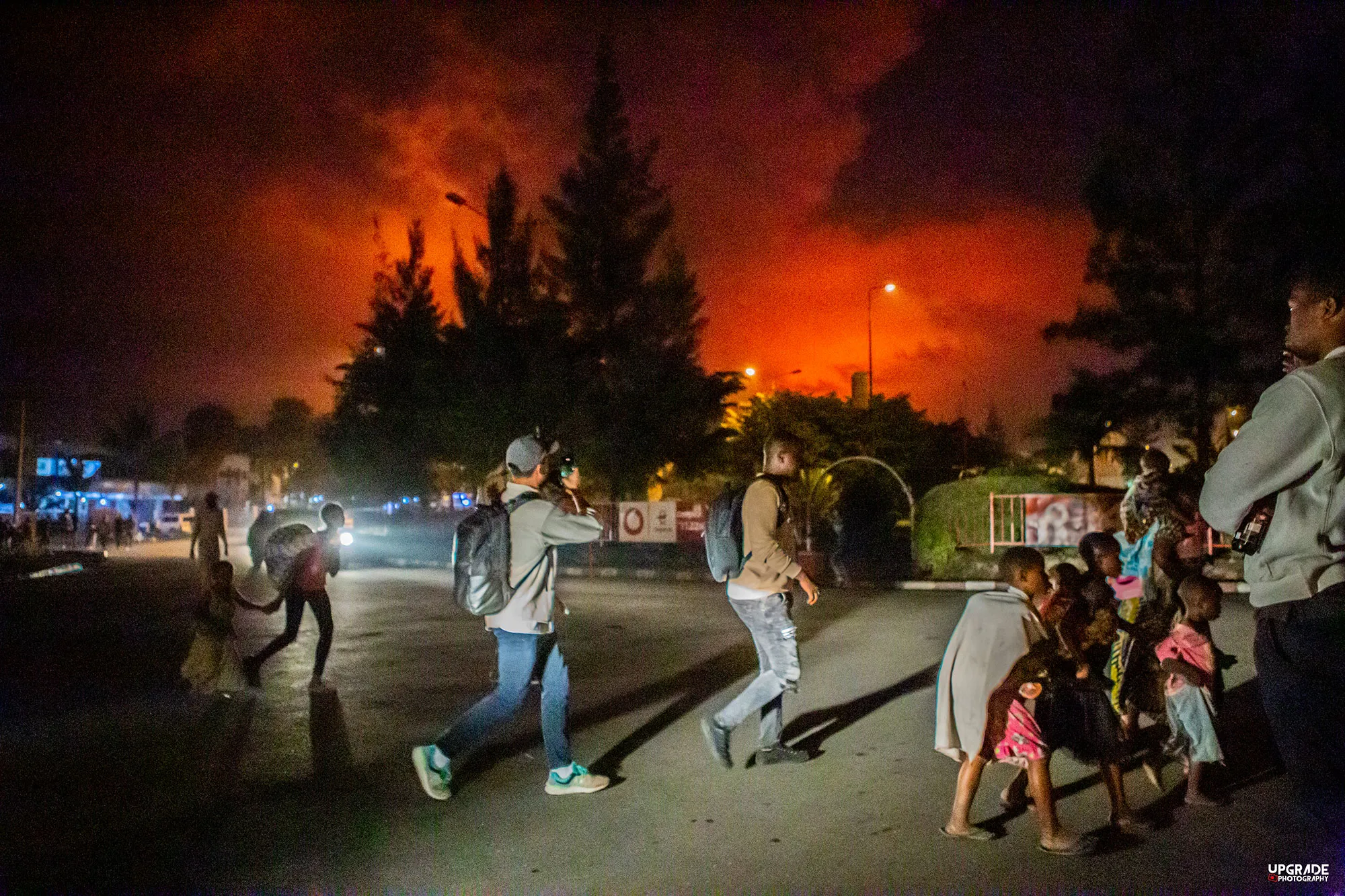On Saturday May 22, Mount Nyiragongo, one of the world’s most active volcanoes, erupted near Goma, in the Democratic Republic of Congo, killing 31 people, destroying 3,000 houses and leaving 20,000 people homeless. Days later, officials warned of a potential second eruption, causing tens of thousands of residents to flee.
During this rapid mass evacuation, over 170 children have been reported missing. There continues to be seismic activity not only in and around the region but far afield to even parts of Rwanda. This has led to infrastructure and building damage despite the lava flow stopping. The eruption of Mount Nyiragongo adds to the list another crisis in the DRC. Now in its 20th year of conflict, DRC is the largest food crisis in the world with nearly 7 million people a step away from famine and more than 27 million people experiencing food insecurity.
“I felt as a mother that I was out of out of control; I felt that I couldn’t do anything for my son.”
While it’s difficult to specify the extent of the humanitarian needs resulting from the eruption, CARE is poised to respond with unconditional cash to those impacted.
Alice Bikuba is a reporting and communications assistant for CARE from Goma. When Mount Nyiragongo erupted, her husband was out of the country in Germany so she was in charge of the safety and well-being of her family and making sure they were able to evacuate to the nearby, and safer town, of Bukavu. Here, she recounts the long and frightening journey to safety.

